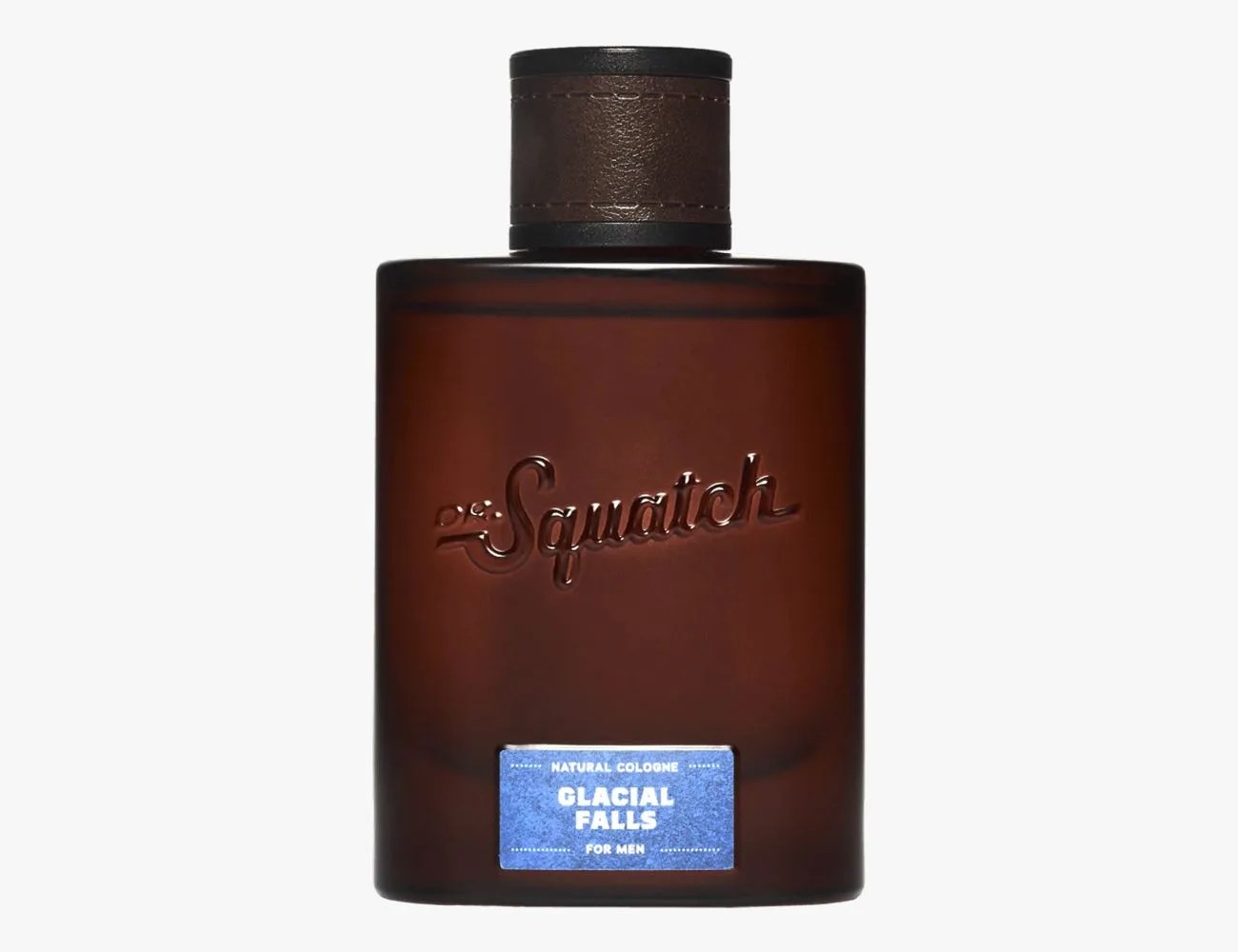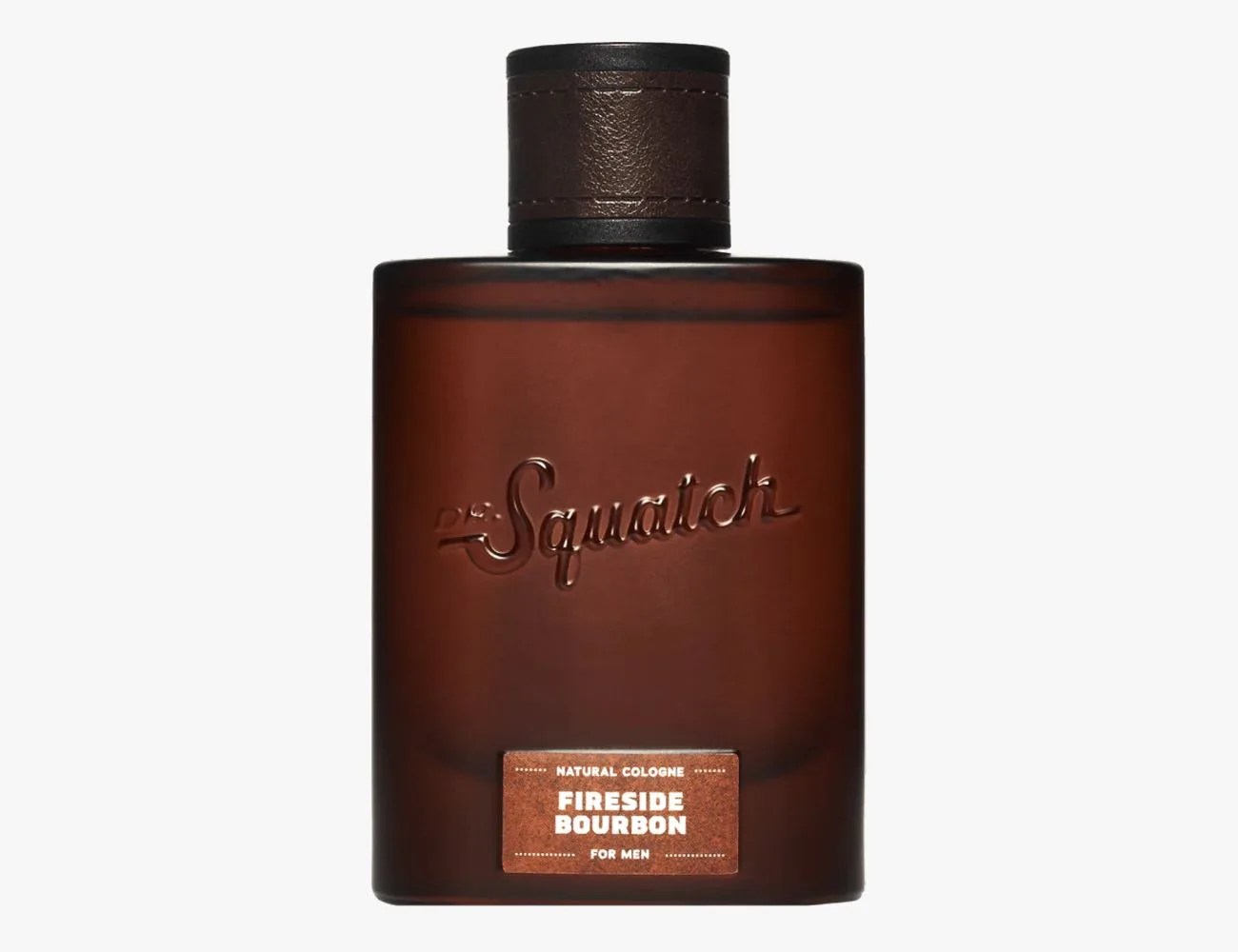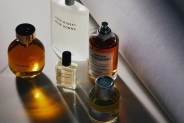Dr. Squatch is no neophyte when it comes to perfumery. The grooming brand based on a pipe-smoking Sasquatch is celebrating its 10th anniversary this year. But until now, it’s focused mostly on products for masking your natural odor with scents abundant in nature: potent bar soaps made with pine extract and deodorants that smell like citrus or sage, for example.
Now, though, Dr. Squatch wants to break into the world of fine fragrances, where the expectation isn’t to offset bad body odor (that’s a deodorant’s job) but to cloak the wearer in a new aroma altogether —one that’s complex and clearly the doing of a bottled cologne.
But can Dr. Squatch break into a category dominated by legacy scents and lucrative licensing deals? Here’s how its first three scents — Fireside Bourbon, Woodland Pine and Glacial Falls — compare to the competition.
Products in the Guide
Dr. Squatch Colognes, Explained
Dr. Squatch eschews labels like “Eau de Parfum” or “Eau de Toilette” in favor of simpler terminology: cologne. That muddies the true makeup of these scents but doesn’t necessarily reduce their impact. An Eau de Parfum contains between ~10 and 18 percent fragrance oil, while an Eau de Toilette contains roughly 5 to 10 percent fragrance oil. As such, Eau de Parfums are more concentrated, thus making them longer-lasting.
At first sniff, Dr. Squatch’s colognes are potent — probably above 10 percent oil — but they aren’t astringent or even overbearing. Sure, there is a clear “winner” in the bunch, at least in my opinion — more on that in a moment — but none are obviously bad, just less nuanced. Because while I do believe most colognes cost are marked up beyond reason, it’s hard to make, bottle and distribute a cologne for less than $60, especially as an independent brand… but Dr. Squatch does, while stating their formulas are “free from potential harmful chemicals found in other colognes.” (You typically only see dupes, like Dossier, or white label scents with licensed names, like Stetson Original, at this price.)







